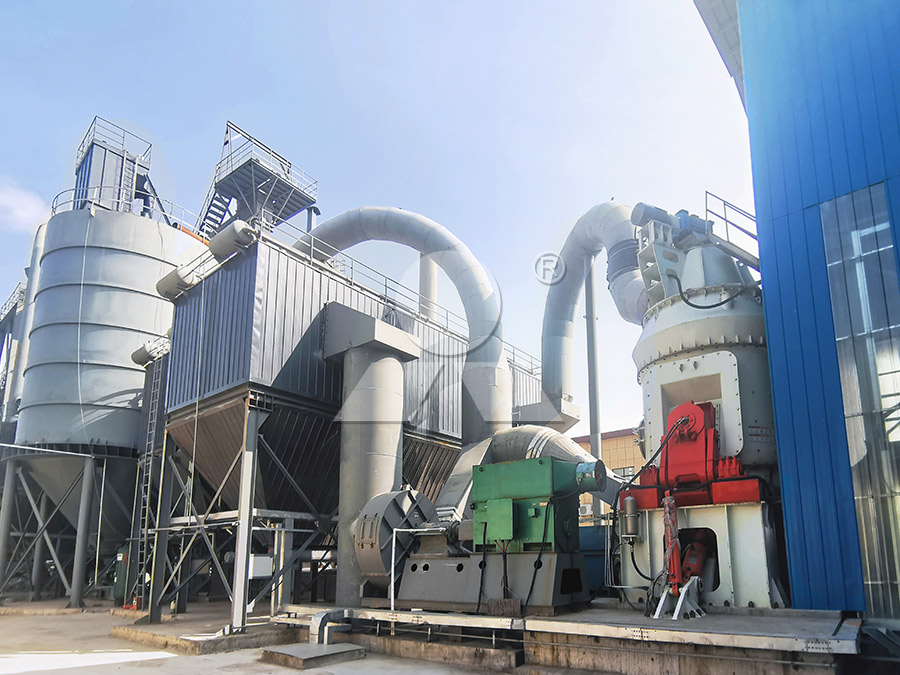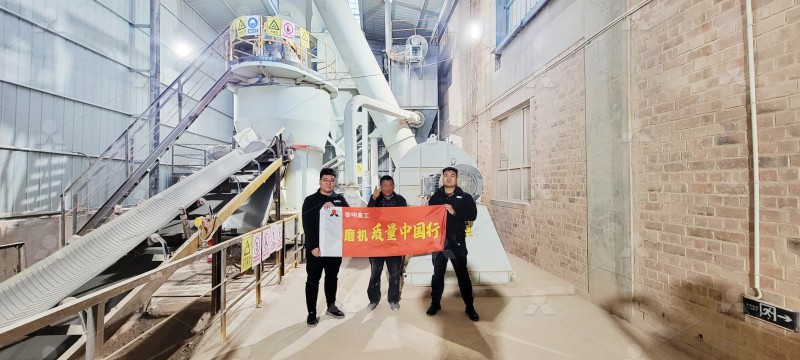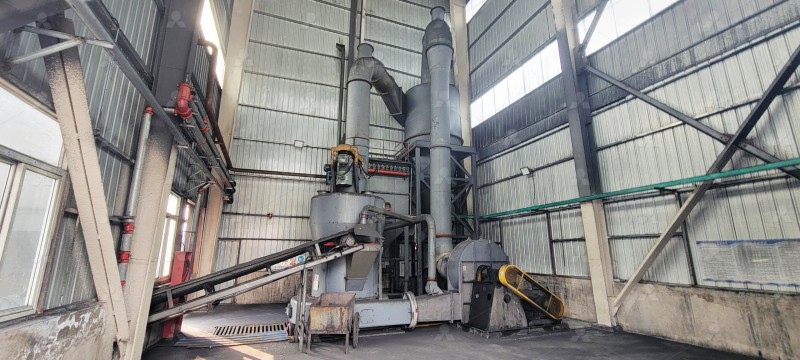Optimizing Grinding Efficiency: The Role of Vertical Mill Grinding Disc Speed
Optimizing Grinding Efficiency: The Role of Vertical Mill Grinding Disc Speed
In the world of industrial grinding operations, few parameters are as critical to overall efficiency as grinding disc speed. This fundamental aspect of vertical mill operation directly influences particle size distribution, energy consumption, throughput capacity, and equipment longevity. Understanding and optimizing this variable can mean the difference between marginal and exceptional operational performance.

The Science Behind Disc Speed Optimization
Grinding disc speed determines the centrifugal force acting on material within the grinding chamber. At optimal speeds, material forms a stable, uniform bed that allows for efficient compression and inter-particle grinding between the rollers and grinding table. Too slow, and material transport becomes inefficient, leading to poor throughput and potential material buildup. Too fast, and material may be thrown outward prematurely, reducing residence time in the grinding zone and increasing recirculation loads.
The relationship between disc speed and grinding efficiency isn’t linear but follows a complex curve influenced by material characteristics, including moisture content, particle size distribution, and grindability. Harder materials typically benefit from higher rotational speeds to maintain adequate grinding pressure, while softer materials may process more efficiently at moderate speeds to prevent excessive fines generation.
Practical Implications for Production
Modern vertical mills incorporate sophisticated control systems that automatically adjust disc speed based on real-time operational data. These systems monitor motor power consumption, grinding pressure, and material feed rates to maintain optimal conditions. The ability to fine-tune disc speed allows operators to respond to variations in raw material quality without sacrificing product consistency.
Our engineering team has observed that a 5-10% adjustment in disc speed can yield energy savings of 8-15% while maintaining product quality specifications. This optimization becomes particularly valuable when processing challenging materials or when production requirements change frequently.

Advanced Solutions for Modern Challenges
For operations requiring exceptional precision in ultrafine powder production, the MW Ultrafine Grinding Mill represents a significant advancement in grinding technology. With an input size capability of 0-20 mm and capacity ranging from 0.5-25 tph, this machine incorporates specialized grinding curves that enhance efficiency across various materials including limestone, calcite, dolomite, and petroleum coal.
The MW series stands out for its ability to maintain efficiency across a wide fineness range (325-2500 meshes) while consuming approximately 30% less energy than comparable jet grinding mills. Its unique design eliminates rolling bearings and screws from the grinding chamber, addressing common failure points and enabling continuous 24-hour operation.
Another exceptional solution for precision grinding applications is the LUM Ultrafine Vertical Grinding Mill, which processes materials of 0-10 mm at capacities of 5-18 tph. This mill integrates the latest grinding roller technology with advanced powder separation systems, delivering superior finished product quality with energy consumption reduced by 30-50% compared to conventional mills.
Strategic Implementation
Successfully optimizing disc speed requires a holistic approach that considers the entire grinding system. Factors such as classifier speed, grinding pressure, and air volume must be balanced with disc speed to achieve optimal results. Regular maintenance of grinding elements and proper alignment ensures that speed adjustments translate directly to performance improvements rather than being offset by mechanical inefficiencies.

Operators should establish baseline performance metrics before implementing speed adjustments and monitor key indicators including specific energy consumption, product fineness, and equipment vibration levels. Documenting these relationships creates valuable operational knowledge that can guide future optimization efforts.
Frequently Asked Questions
How does grinding disc speed affect product fineness?
Disc speed influences the retention time of material in the grinding zone and the centrifugal force distributing material across the grinding table. Higher speeds typically reduce retention time but increase grinding pressure, requiring careful balancing with classifier settings to achieve target fineness.
Can disc speed optimization reduce operating costs?
Absolutely. Proper speed adjustment can lower specific energy consumption by 8-15% while maintaining throughput. Additionally, optimized speeds reduce uneven wear on grinding elements, extending their service life and decreasing maintenance costs.
How often should disc speed be recalibrated?
We recommend reviewing speed settings quarterly or whenever significant changes occur in raw material characteristics. Modern mills with automated control systems continuously optimize this parameter, but manual verification ensures maximum efficiency.
What safety considerations apply to disc speed adjustments?
All adjustments should be made within manufacturer-specified limits with proper monitoring of vibration levels. Excessive speed can cause instability and potentially damage mechanical components. Always consult operational manuals and implement changes gradually.
